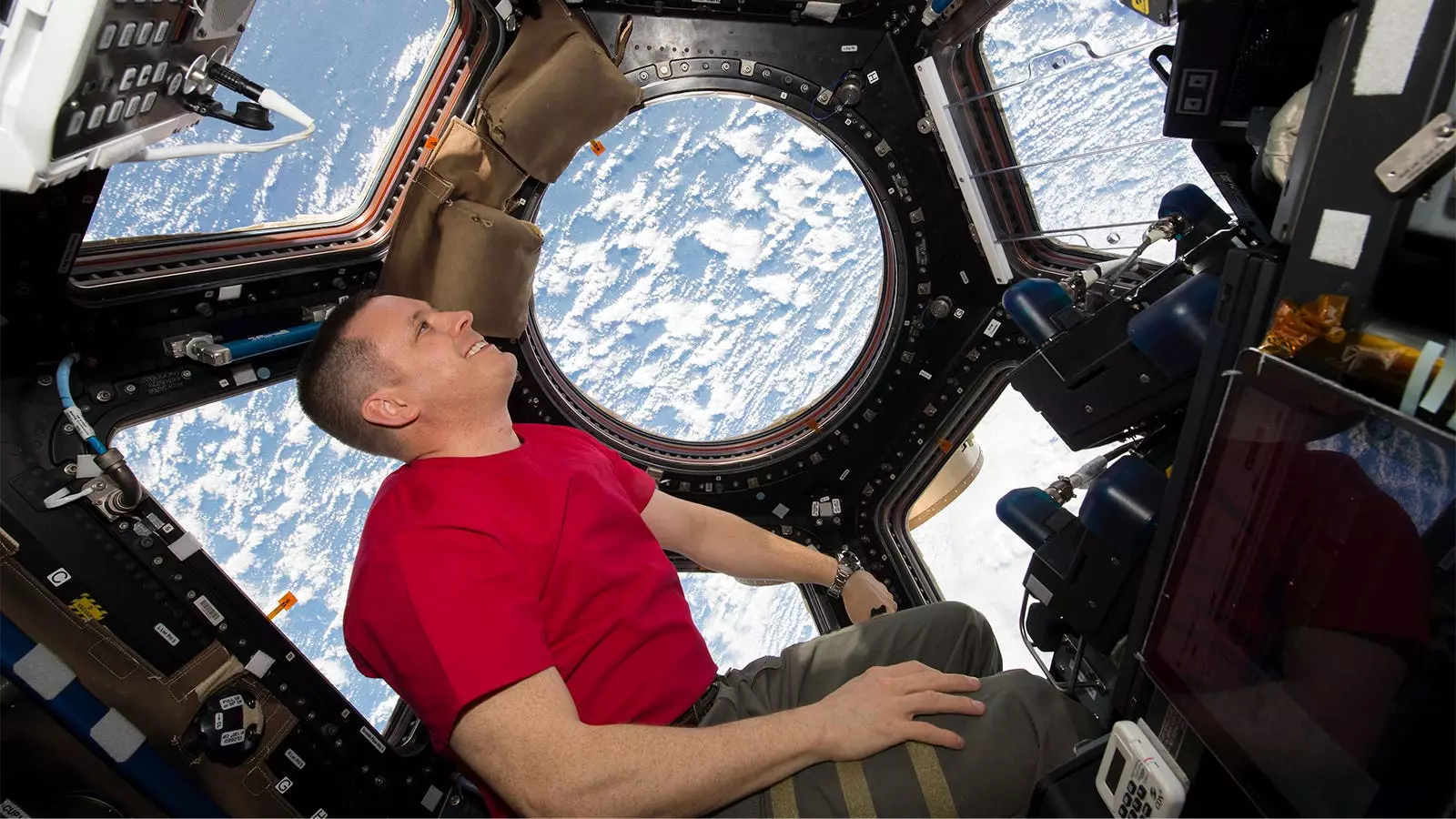Traveling into space has long been a dream for many, but new research has shed light on a side effect that may not have been considered before. A study conducted by Willebrordus P. J. van Oosterhout, MD, PhD, of Leiden University Medical Center in the Netherlands, and his colleagues revealed that a staggering 91.7% of astronauts experienced headaches during long-haul space flights lasting at least 10 days. The majority of these headaches were tension-type, with a smaller percentage being classified as migraines. This unexpected finding has raised concerns about the impact of space travel on astronaut health.
According to van Oosterhout, the first week of space travel is crucial as the body adapts to the lack of gravity, known as space adaptation syndrome. This phenomenon is similar to motion sickness and can manifest as nausea, vomiting, dizziness, and headaches. These early headaches were more likely to have a migraine phenotype, while headaches occurring later in the flight were more often tension-type. The researchers hypothesize that different mechanisms are at play depending on the timing of the headache episodes, suggesting a complex interplay of factors affecting astronauts’ health in space.
Brain Changes and Fluid Shifts
Previous research has shown that long space flight durations can lead to significant changes in the brain, eyes, and cerebrospinal fluid volumes. The increase in intracranial pressure due to fluid shifts in the body, particularly in the upper part of the body and head, is thought to contribute to the higher incidence of headaches in astronauts. The accumulation of fluid in the skull, both intracranial and extracranial, may be a key factor in the development of space-induced headaches. Understanding these physiological changes is crucial for mitigating health risks associated with extended space missions.
The study involved 24 astronauts from various space agencies who were assigned to International Space Station expeditions lasting up to 26 weeks. Despite a lack of pre-existing headache conditions among the participants, a significant number reported experiencing headaches during their missions. Headache occurrence was not influenced by environmental factors such as temperature, ambient pressure, or oxygen levels, indicating that other physiological mechanisms may be at play. The use of medications and alternative treatments to manage headaches highlights the challenges faced by astronauts in space and the need for further research to address these issues.
Moving forward, van Oosterhout emphasized the importance of additional research to uncover the underlying causes of space-induced headaches. By gaining a better understanding of these headaches, scientists may be able to shed light on headache mechanisms on Earth as well. The implications of space travel on astronaut health extend beyond the immediate mission duration and can provide valuable insights into human physiology and adaptation to extreme environments. As space exploration continues to advance, ensuring the well-being of astronauts will be paramount in enabling the success of future missions.
The study’s findings highlight the overlooked impact of space flight on astronaut health, particularly in relation to headaches. By delving into the physiological changes and mechanisms underlying space-induced headaches, researchers can pave the way for improved health monitoring and intervention strategies for astronauts. As humanity looks towards new frontiers in space exploration, understanding the effects of space travel on the human body will be essential for ensuring the safety and well-being of those who venture beyond Earth’s atmosphere.

Leave a Reply